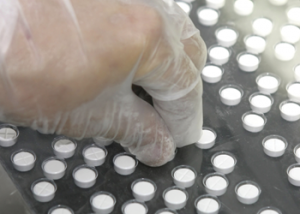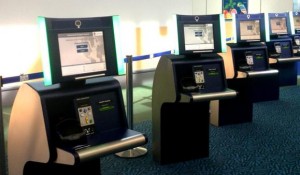 While flipping through Pharmaceutical Manufacturing magazine at work, I found an article about what pharmaceutical companies are doing in order to improve quality. The author, Doug Bartholomew, gives reasons why he believes pharmaceutical manufacturing companies are resistant to making changes in the article, “Proactive Compliance: Putting the “P” in CAPA”. CAPA is short for corrective and preventive action, the different processes and systems that are used in the pharmaceutical manufacturing industry in order to ensure quality by providing basic guidelines on identifying, fixing, and preventing the problem in the future..
While flipping through Pharmaceutical Manufacturing magazine at work, I found an article about what pharmaceutical companies are doing in order to improve quality. The author, Doug Bartholomew, gives reasons why he believes pharmaceutical manufacturing companies are resistant to making changes in the article, “Proactive Compliance: Putting the “P” in CAPA”. CAPA is short for corrective and preventive action, the different processes and systems that are used in the pharmaceutical manufacturing industry in order to ensure quality by providing basic guidelines on identifying, fixing, and preventing the problem in the future..
A lot of the topics that are covered in the article are related to what we have gone over in class. Continuous improvement is difficult for pharma manufacturing companies because of the regulations that are to assure quality. Just like it is time consuming and expensive to be certified, or registered, to meet one of the quality systems we have learned about in class, the same applies to the different quality standards that are set up in the pharmaceutical manufacturing industry. Pharma manufactures shy away from making changed to their processes because every little change that is made has to be re-certified.
Over the past decades, pharma manufacturing companies have started to realize the importance of continuous improvement. Bartholomew quotes K.R. Karu, who is the industry solutions director at the quality management and CAPA system distributer, Sparta Systems; on what the manufacturing companies need to do to ensure high quality levels. One of Karu’s suggestions was to consider Juran’s quality thinking of having quality already built in to the process. Since quality is already built into the process, companies only need to monitor the process. Through inspection manufacturers should be able to find or come up with possible problems, and make changes to prevent them from ever happening.
The definition on CAPA is not completely understood the some throughout the industry. Every company interprets the guidelines differently. Preventative measures would be easier to accomplish if there were more guidelines were more descriptive. In the article it says that the problem is the “preventative” measures have all come about because of a “corrective” actions. A pure example of a preventative measure that is given is the installation of “state of the art” production line equipment so the number of errors can be reduced. A corrective action would be to update, and/or repair, older equipment after a problem arises, in order to reduce the number of manufacturing errors. They are working on coming up with preventative measures that are truly preventative, making sure something that is unforeseen does not go wrong.
What are some ideas that you have that could improve the confusion between “corrective” verses “preventing” for CAPA?
http://www.pharmamanufacturing.com/articles/2013/1305_Proactive_Compliance.html#
